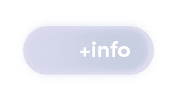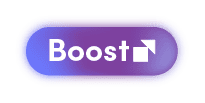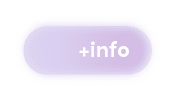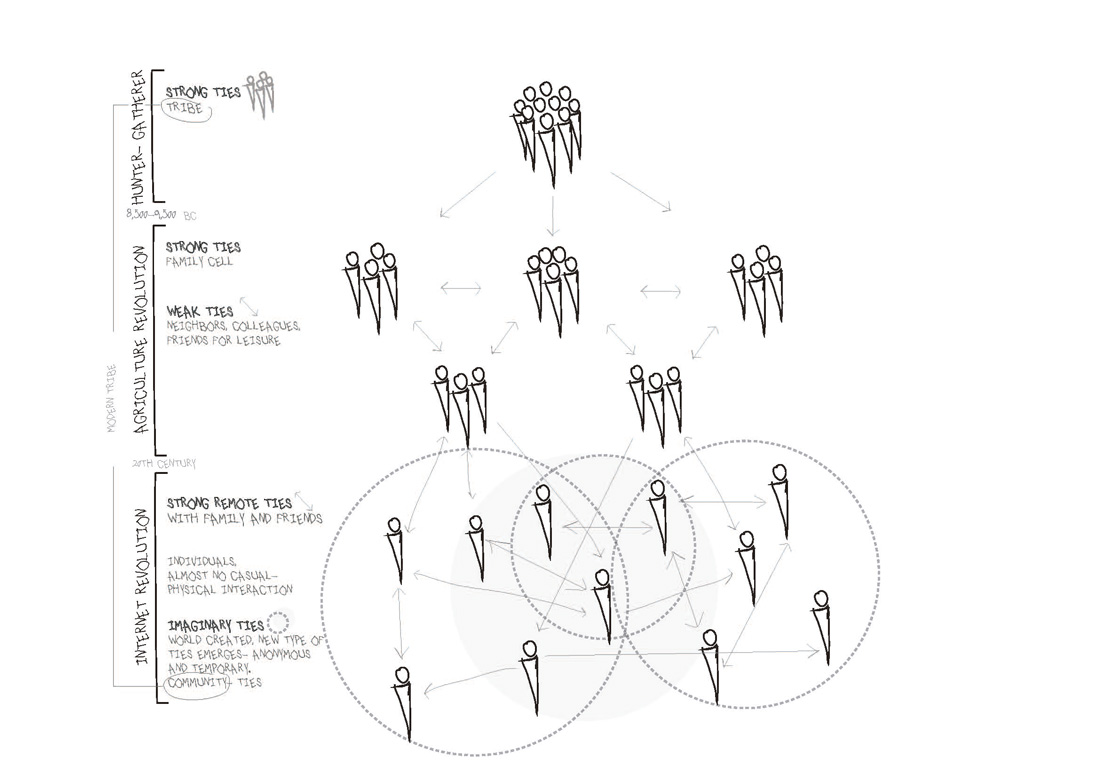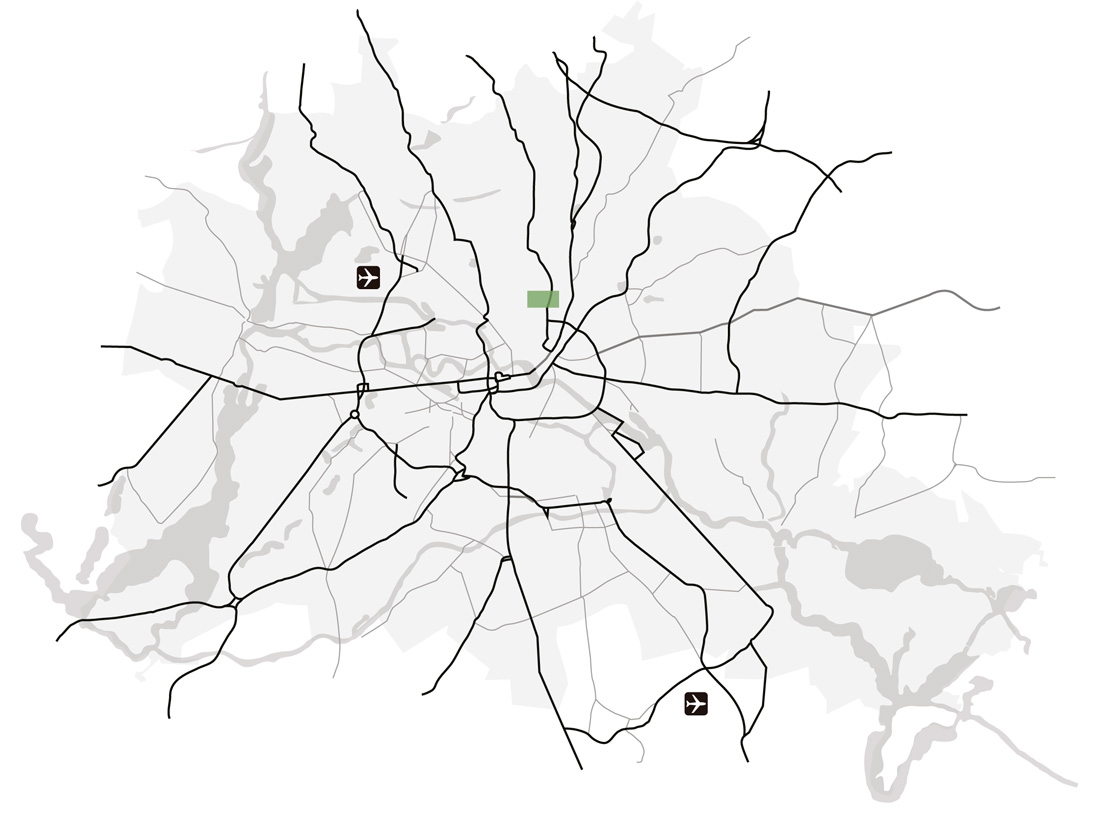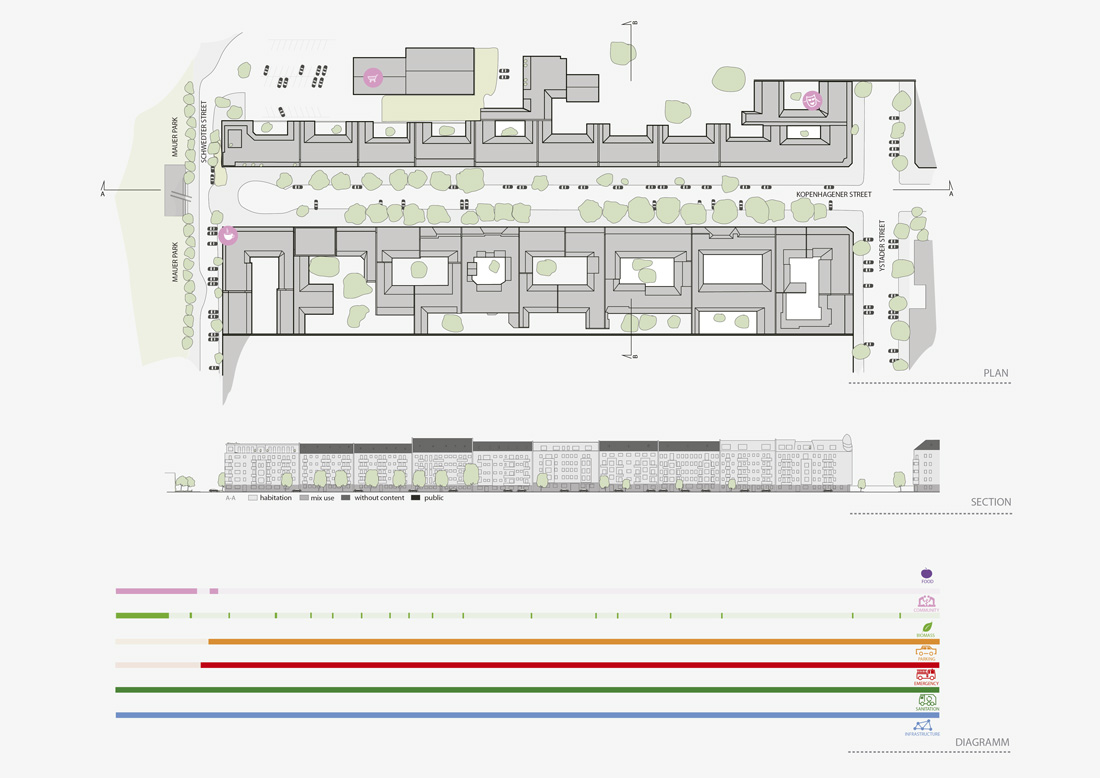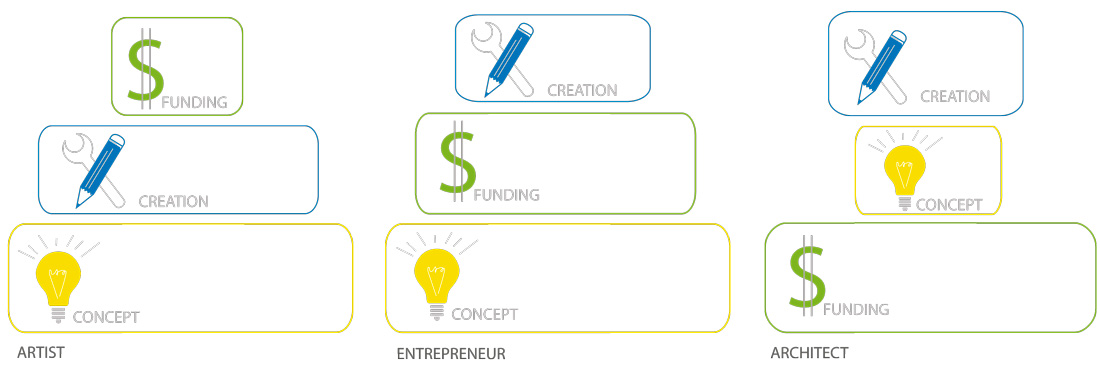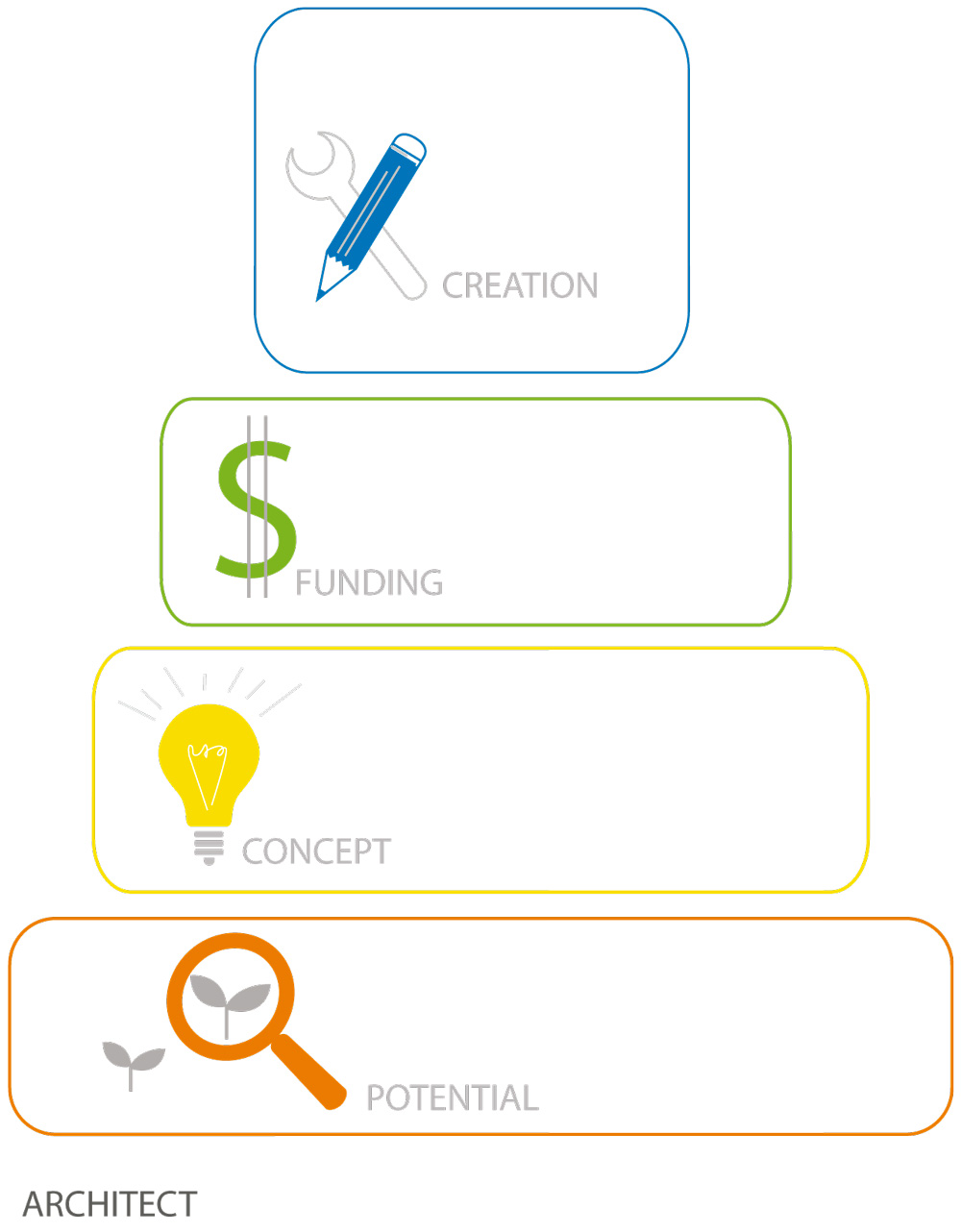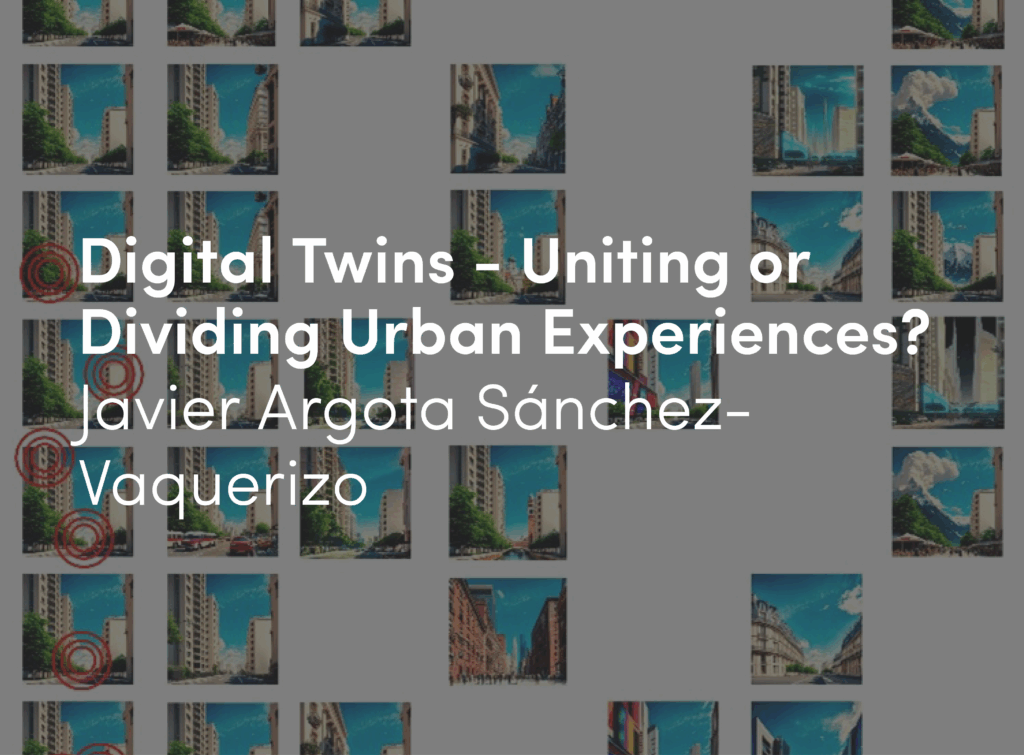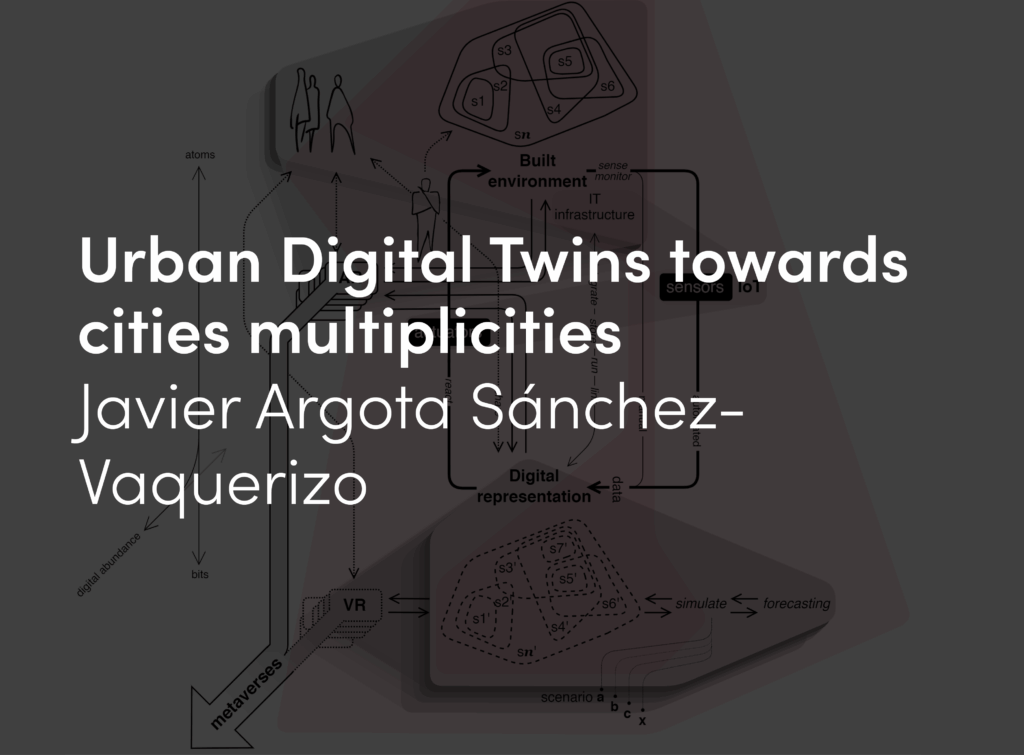“Imagine for a moment a world where cities have become peaceful and serene because cars and buses are whisper quiet.
Houses, even low-income housing units, can pay part of their mortgage costs by the energy they produce. Worldwide forest cover is increasing, and atmospheric CO2 levels are decreasing for the first time in in 200 years. Industrialized countries have reduced resource use by 80% while improving the quality of life. A progressive and active union movement has taken the lead to work with businesses, environmentalists, and government to create ‘just transitions’ for workers as society phases out coal, nuclear energy, and oil. In communities and towns, churches, corporations, and labor groups promote a new living-wage social contract as the least expensive way to ensure the growth and preservation of valuable social capital.”
Nature Capitalism P.Hawken, A.Lovins & L.H.Lovins, ( page 1)
Degrowth
Albert Einstein once said: “We can’t solve problems by using the same thinking we used when we created them.” It is not only that more factors should be factored in when designing the ‘tomorrow street’ for people; the way we think it should serve us and influence our private living spaces should also be examined. We need to ask: How can the street support us as a sustainable society, as individuals? And also, how do we finalize it while controlling the narrative?
In October 2018, the Intergovernmental Panel on Climate Change (IPCC) presented their report [1] on the impacts of global warming of 1.5oC as a reaction to the Paris ClimateAgreement. [2] The IPCC report is determining what it will take to hit the Paris Climate Agreement goal, staying at or below 1.5°C, which requires decreasing global greenhouse gas emissions 45% below 2010 levels by 2030 and reaching net zero by 2050. The bottom line is, it will take extraordinary transitions in transportation, energy, land use, infrastructure and industrial systems to meet this goal in only 12 years.
Degrowth (the opposite of ‘growth’) aims to maximize happiness and well-being through non-consumptive means – sharing work, consuming less, while devoting more time to art, music, family, nature, culture and community. It also means we need to find new creative ways to upgrade lifestyle, while preserving individual privacy, enriching community life, consuming less and using less land. This paper is trying to respond to the challenge.
Ties and Community
To understand something as complex as a street or a community, we need to understand a primary aspect of human interaction and understand (or try to understand) the basics needs behind relationships.
Evolution of ties
Technological development in recent decades has undermined, or, rather, revolutionized, the system of interpersonal relationships. Until the Agriculture Revolution (around 9500 B.C.) human social/family lifestyle took the form of a tribe with one type of strong-close ties. A person would live in proximity to all his or her family and friends (who were probably also related in a way). They shared life in all its aspects.
With the Agriculture Revolution and religious moral codes, [3] two forms of human relation ties were introduced. One type is the relation with the family cell: strong close ties. Another type was the relation with neighbors and friends: weak close ties. With the 18th century’s Industrial Revolution, family members became more distanced from each other, keeping in touch by using technological developments of the time, such as trains and telephone lines. As such, new forms of ties appeared: strong remote ties – with family and childhood friends; and weak remote ties – with acquaintances, colleagues and neighbors – emerging from the human need for social interaction on the one hand and the lack of traditional strong-close ties on the other.
Then came the Internet revolution, followed by smart phones, communication apps, and social media. This introduced us to a variety of new weak ties: some are imaginative or virtual, some we share with complete strangers, and the most interesting of all these new ties are the semi-strong close ties we share with people who are not our family or childhood friends. These new types of semi-strong close ties are the kind of relations we have with people we rely on to come into our homes to feed our pets when we are away, and they serve us our daily morning coffee/beer every evening while sharing personal experiences from our day. These people are our neighbors, people we meet online in virtual groups, people we meet during our daily routine (while walking the dog or sitting in our favorite café). This is an era in which the individual is empowered, and excessive personal exposure is considered mainstream. Today, people share personal and intimate information with a much wider circle of people – a matter that in the past was unacceptable due to social norms and fear of political persecution.
In Berlin specifically, about 10% of the population are foreigners [4] who not only live at a distance from their families and close friends but also find themselves in need of basic culture-related ties, which is one type of the new semi-strong close ties. Culture-related ties are the ties we create with people we share our cultural background with, regardless of other interests we may share or not. In other words, we share cultural ties with people we might not have been interested in knowing at all if we were not outside our cultural context (a different city/country), simply because we speak the same language or we eat the same food. The purpose of those ties is to help us build the familiar feeling of ‘home’ (what we experience as a community). So, when taking parameters like common interests or political views out of the equation, the search for cultural ties keeps people more open-minded and tolerant towards each other, which is definitely noticeable in Berlin and maybe what makes the city so unique.
Throughout history and up to this today, we can see different forms and scales of communities trying to find a utopic way of life within a group that cares for all individuals’ economic and social needs: cities, villages, kibbutzim, religious communities, unions, online communities, etc. It is as though, as humans, we have a genetic instinct to belong to a group. In Berlin, much as in any other big city, the primordial impulse is evident with initiatives and social-physical networks that try to create community life with close, semi-strong cultural ties.
Urbanism and Technology
Urban planning over the past decade has been dealing with a new ‘player’ that is hard to ignore: technology. From private initiatives to municipal programs, various applications are trying to streamline the way we live in the city. Transportation, consumerism, food, events, etc., everything is planned and operated from our mobile devices. The experience of a person walking down the street without a mobile phone is different from that of a person who is connected virtually to the surroundings. When looking at the street through the virtual network filter, there is more to it than meets the eye. People who visited Berlin shortly after the fall of the wall back in the early 90s described random encounters during casual wanderings with trails of candles that led passersby between dark, partly empty buildings and courtyards into a hidden bar in a back-house’s basement. Today, people not only plan where to go and how to get there, but they also time their journey using an app that syncs a premeditated route with a variety of transportation methods.
Technology affects the way we communicate with the environment and our perception of public space and how we experience it. Moreover, technology keeps us efficient at the expense of randomness, but at the same time it reveals possibilities that we wouldn’t have discovered in random wandering. Hence, traditional urban planning should keep in mind the challenges, advantages and disadvantages that technology brigs to the equation as it continues to streamline the way we consume, move around, and receive information.
Street for People
According to Professor Kevin M. Leyden and Richard Silke, [5] a street should give people a sense of community. It is important for our physical and mental health as well as general well-being. In another interview, [6] Leyden explains that his research has led to the conclusion that people prefer to live in a village-like neighborhood in big cities. Leyden establishes links between health and one’s living environment. It turns out that, contrary to what is commonly thought, living in the suburbs is unhealthy. Many cross-sectional studies show that the phenomenon of obesity is much more common in suburban environments than in developed urban environments. So are alcoholism and addiction to painkillers, crimes within the family and depression. Moreover, he recommends replacing suburban life with a dense, mixed-use city life, and he explains the three conditions that should be achieved to create a healthy environment. The first is a casual day-to-day interaction (a simple nod gesture) with familiar friendly faces. The second is a uniqueness to the place: unique places make people feel like they are part of a story. The third is access to local, walking-distance shops. Local shops are crucial to building up trust and mutual respect in a community. They create meeting/communication points and support the two other conditions thereby strengthening community ties.
It is interesting to see how, after years of alienation from neighbors – perhaps due to the dark regimes that Berlin had seen (east more than west) and a focus on the nuclear family – the sense of the oldest human interaction is slowly creeping its way back. People are looking for immediate, semi-strong tribe-like ties.
The urban designer Kristen Hall describes the romantic medieval (preceding the era of cars) street, as “lovely, small narrow lanes, intimate and undisputedly human-scale”. In her article “Four Important Things to Consider When Designing Streets for People, Not Just Cars,” [7] she describes the infrastructure systems and cars that brought us to design today’s excessively wide streets and emphasizes the role of efficient buildings, designed to manage their own waste and energy, which can cut back on street infrastructure and lead back to human-scale street design.
Saying that a street for people is where neighbors meet casually and where kids play safely, would be stating the obvious in a simplistic manner (though it would be true and based on many successful case studies). However, instead of painting an image of a pedestrian street with well-placed seats and a corner café, we argue that the street could be the place where neighbors collaborate and share more than casual conversations, and that a street doesn’t have to be a 2D experience (street/ ground level), nor does it stop at the building’s entrance door but penetrates and blurs the boundary between the private and the public.
In green: Kopenhagenerstrasse, 2017
Prenzlauerberg, Berlin
The Berliner Street
The streets of a city take up about 30% of the total city area, [8] apart from the fact that people use them and that the street is also a biomass source (assuming plants and trees are planted along the street) as well as an essential element to introduce natural day light and fresh air. The street is where all energy distribution and water piping systems go. It is where bicycles and mostly cars go. With time (and technology), medieval narrow streets were expanded to accommodate at least two cars driving in two different directions and one row of parking cars if not two (one on either side). The pavements in Berlin are wide enough for people, trees, and bicycle parking, but they are not planned for people exclusively but rather to monitor floods and keep water away from buildings. In most streets in Berlin’s city center today, upon coming out of a building’s main entrance door to the street, the scenery will probably be a pile of bicycles, about one square meter rectangular of soil surrounded by concrete floor tiles with a tree planted in its center, and cars – lots of parked cars.
According to a recent study undertaken by the Cologne Institute for Economic Research (IW), by 2035, 4 million people will live in Berlin, compared to 3.5 million who live in Berlin today (2017). Other sources believe that the city will already reach a population of 4 million people by 2025. From the optimistic Senate Department for Urban Development and the Environment publication describing the urban development concept of Berlin 2030 (Berlin, March 2015), it is clear that the city aspires “to remain one thing: a tolerant city composed of socially mixed and lively neighborhoods”. The aspiration comes with a plan to reinforce district hubs with mixed-uses of diverse, fair housing, trade and leisure for all. With a shortage of over 125,000 housing units and rent growth that accelerated by 11% in 2017, [9] the question is not only, “What will the street look like?” but rather, “What can the street look like?” – meaning, what is the unfulfilled potential of today’s street, and what urban planning methods will allow growth while upgrading lifestyle and keeping the human ecological footprint at a minimum?
Kopenhagenerstrasse, Berlin 2017
The Berliner Building and Lifestyle Evolution
In the second half of the 19th century, a belt of multi-occupancy housing blocks was constructed around Berlin’s center, known as the Wilhelmine-Ring. It is characterized by very robust, dense, four- to five-story structures with side and rear wings around an inner courtyard.
Street-facing apartments (‘front house’ apartments) were occupied by the middle classes, with the first floor as the most desirable and therefore the most decorated and spacious of all. [10] The rear and side wings had no view and poor air flow. Those were kept smaller and plainer and were accommodated by working-class families who shared toilet facilities in the stairways or in the courtyard.
With 70,000 tons of explosives, the city of Berlin was severely damaged during World War II. Most of the city’s structures today, while they kept their original character, are mostly new, and some of the side wings and/or rear buildings were not rebuilt or were demolished to expand the inner courtyards and allow more light in the apartments.
Today, with facilities in each apartment, heating systems and new windows, the historical buildings are very popular due to their style and central location. Another recent addition to some of the buildings is the elevator, which is mainly installed once the building owner/ the roof-floor owner replaces the attic with new housing units. At one time, the first-floor apartment was the most desirable. Today, with additional elevators, the top floors are more valuable since they get more sunlight and have better views. The elevator is also a lifestyle changer for the people who live on the first and second floors, with simple daily tasks like carrying groceries and strollers, or even more basic matters like exiting the apartment if you struggle with stairs (people with disabilities, older people).
Dwelling in a new roof apartment benefits the building and the built environment (despite the many voices opposed to innovation in the city), as it requires the investor to invest in the environmental aspect (such as energy efficiency and green spaces) as well as renovating the building entirely in most cases, due to regulations and market demand. Moreover, in the GDR times the attics were treated with DDT against parasites, a chemical that today we acknowledge as toxic, and new construction forces the investor to address the issue by removing it completely or by applying detoxification treatment.
This is all to say that lifestyle demand affects our built environment, robust as it may be, as long as there is a benefit to it. We evolve with our buildings and we challenge our private apartments with new systems and technology if someone convinces us that we will live better. However, the concept of city living hasn’t changed drastically in centuries. The kitchen had evolved as a kitchen and its location as well but, smaller or bigger, a kitchen is still the same kitchen, the living room is the same living room, etc. Furniture style and fashion changes rapidly,[11] but the purpose stays the same. Investors create ‘what people want’ not what they might need. So, we realize that our perception of the built environment (our apartment, the street) as well as the building method (budget, fashion, architecture) is restricting us from truly evolving as a society, as a community. Today, we find ourselves with massive, robust structures and find it harder to apply changes because it is more expensive and complicated, but, mainly, we find bureaucracy and building politics impossible. It cannot be a top-down solution (especially not with so many private apartment owners); it must be a wide collaboration, a business transaction, where all sides involved profit from it: the tenant, the investor, the city, the street user, and the environment.
Architects and Entrepreneurship
The work of an architect has become very complex over the years with new materials, technologies and systems introduced into the market and integrated into our lifestyles. Also, regulations are stricter, plots and land are much more expansive, lifestyles are more demanding, and one has to keep up in order to generate a profitable project. Today, unlike the training period, an architect must wait for a paying client to invest in developing a concept, followed by the project itself. Most of the time, this is after a location has already been set, as well as a budget. Meaning, the architect is subject first to the budget and/or the client’s idea for the project.
To understand the problem and seek out a solution we can compare the creation-reward process to two different relevant fields: art and hi-tech. An artist, for instance, will have a concept, follow with a creation, and then he/she will sell the work for a price that is considered to be fair. In this method, the artist might profit or not, but the creation is not affected by the pricing (maybe the other way around, but that is another issue). A hi-tech entrepreneur will first have the concept, the great idea she strongly believes in, then she will present the idea to potential investors with the hope of finding an investor who believes in the idea after making sure it will be profitable. Sure, sometimes there are conditions, but overall the concept is the same, with maybe some kind of evolution. More importantly, the entrepreneur controls the process, and if her concept is really good she can decide who will be the investor and dictate the terms.
An architect should be loyal to all parties: the public, the urban fabric, culture, heritage, the environment, but in fact, except for a few exceptional cases, it all boils down to the architect’s loyalty to the person who signs the checks.
Workflow today: Project in almost any other discipline will have the foundain of a good, strong concept
Ideal workflow
It is important to acknowledge the value of having real-estate developers and investors. A real estate developer/investor is a person/ group of people who risks a huge amount of capital to produce almost everything we have in the city, from housing to leisure centers. So, with the profits from one project they are encouraged to keep investing and developing our built environment. In other words, we don’t mind if they profit as long as we all profit as well – and we do. That is what regulations are trying to do: to keep all interests to the minimum required. However, while all developers/investors can measure an idea in order to predict its success financially, not every investor is creative and can create a concept. A successful developer/investor will be able to recognize a good idea and will respect the fact that everybody involved should profit.
Going back to the common good and regulations, we all know regulations draw the base lines for the minimum common good. The work of an architect is to be as creative as possible within the regulations. But, what if the common good could be maximized rather than being considered an obstacle, and creativity was not related to planning alone but also to finding a way to finalize the detected potential? What if an architect, when recognizing a potential, could wear the architect’s hat but walk in the entrepreneur’s shoes? Architects should optimize the built environment and make sure everyone benefits, without compromising to fit in the budget. Once recognizing a potential, the architect could act as an entrepreneur and recruit investors for the project which is, first and foremost, for the common good.

